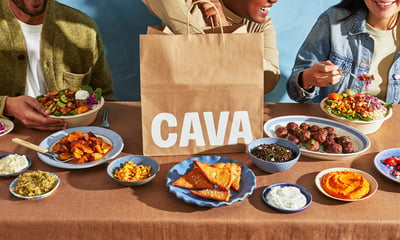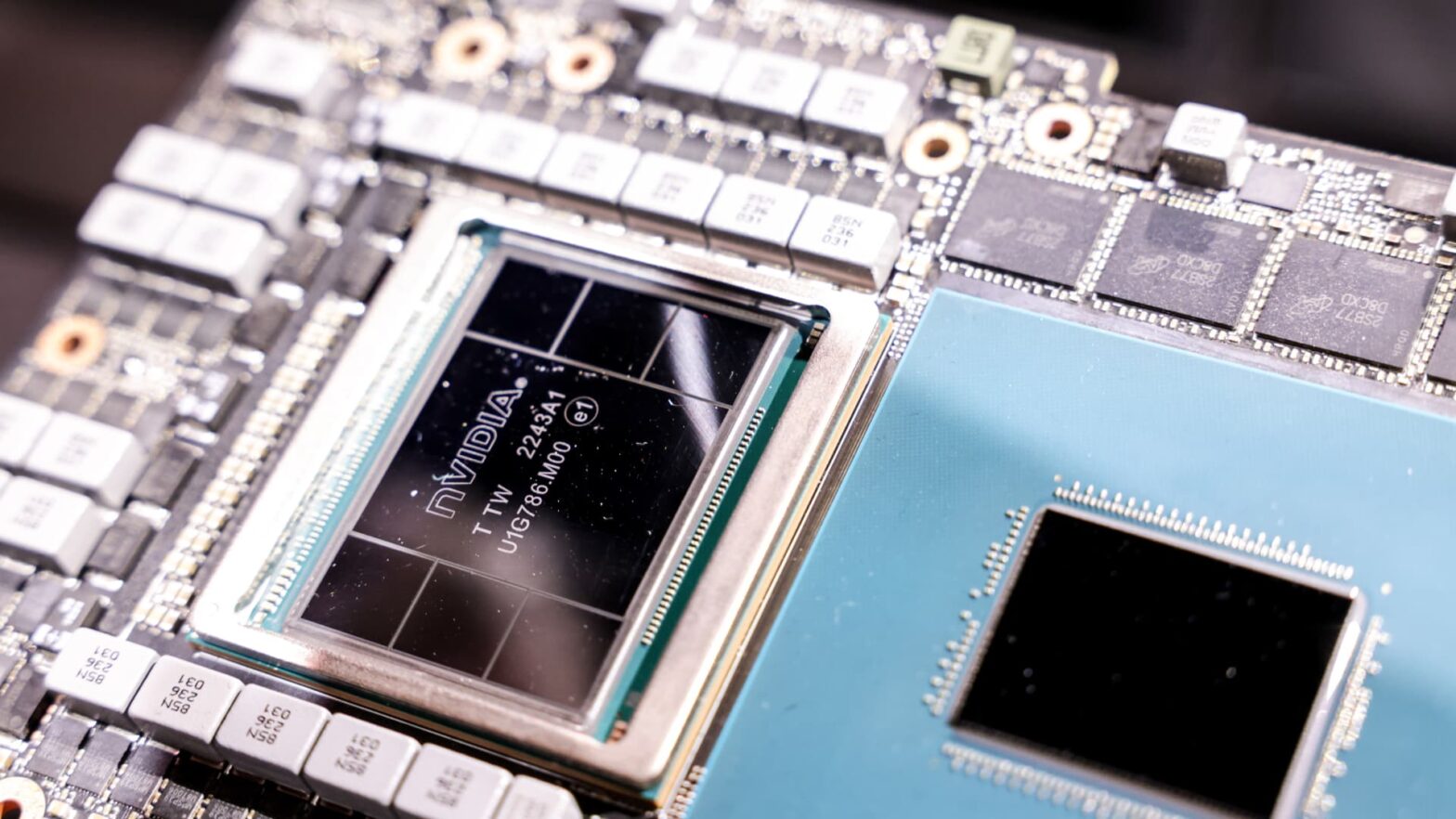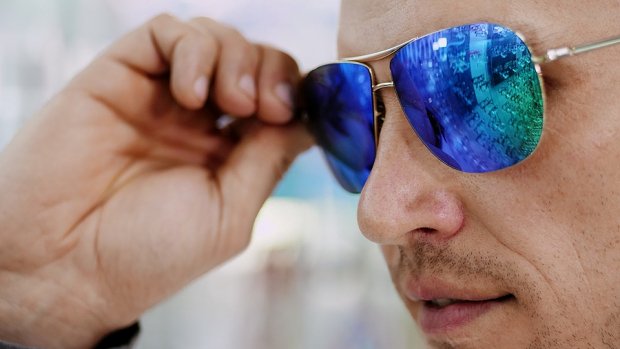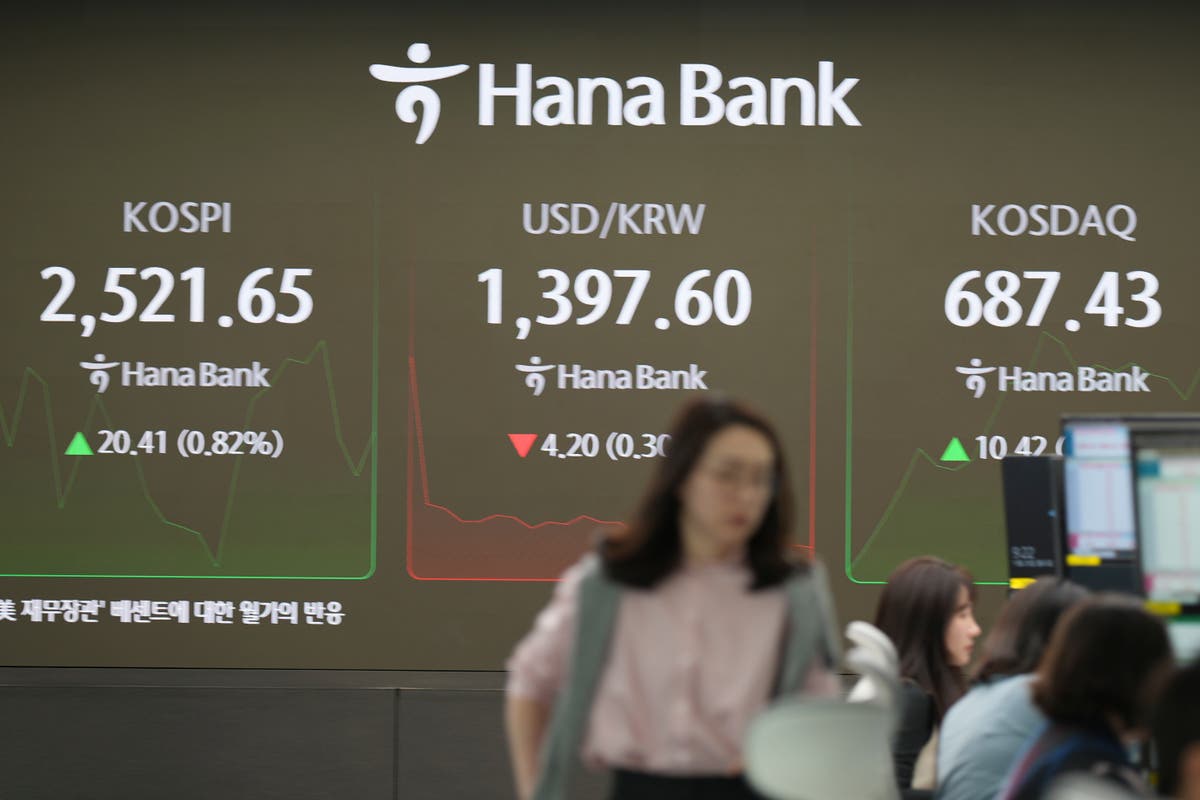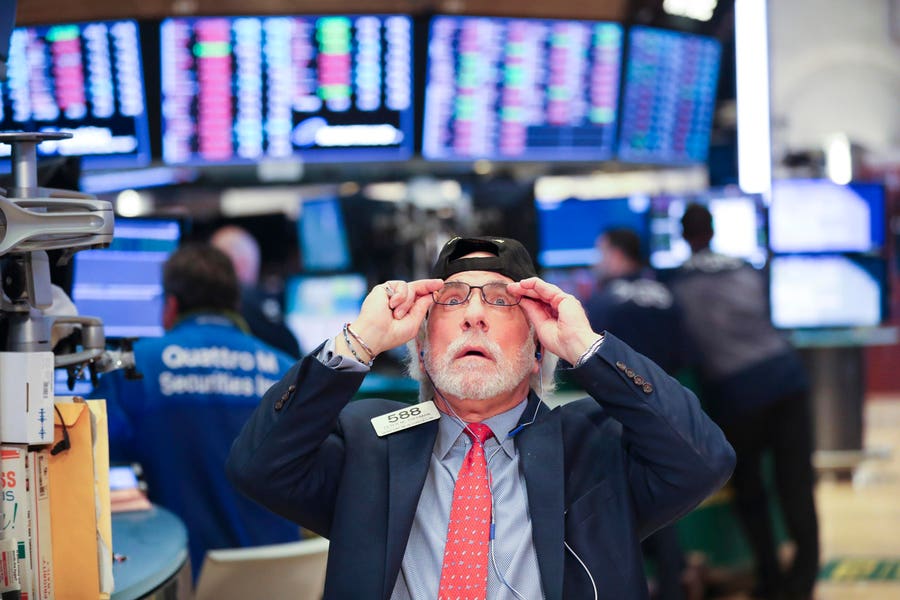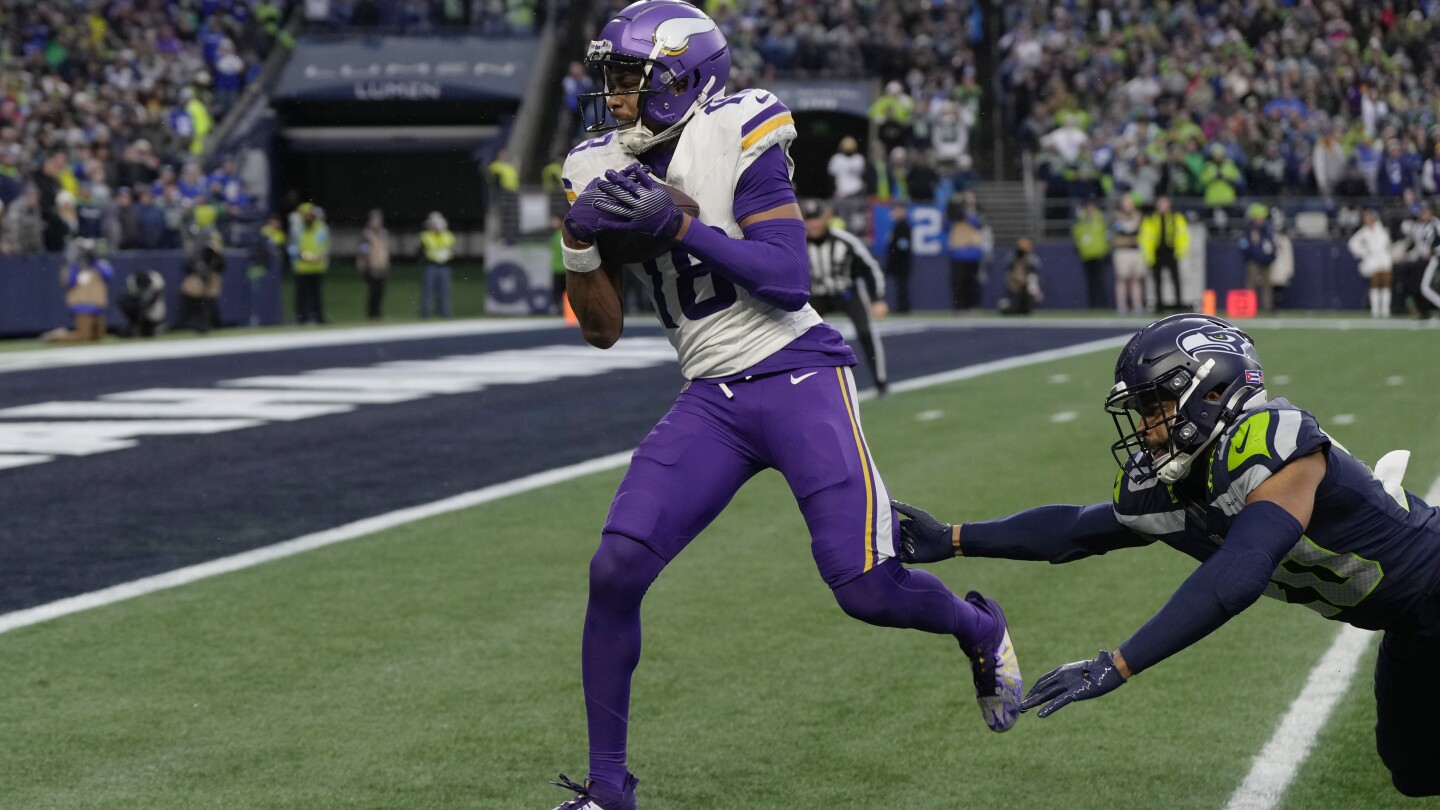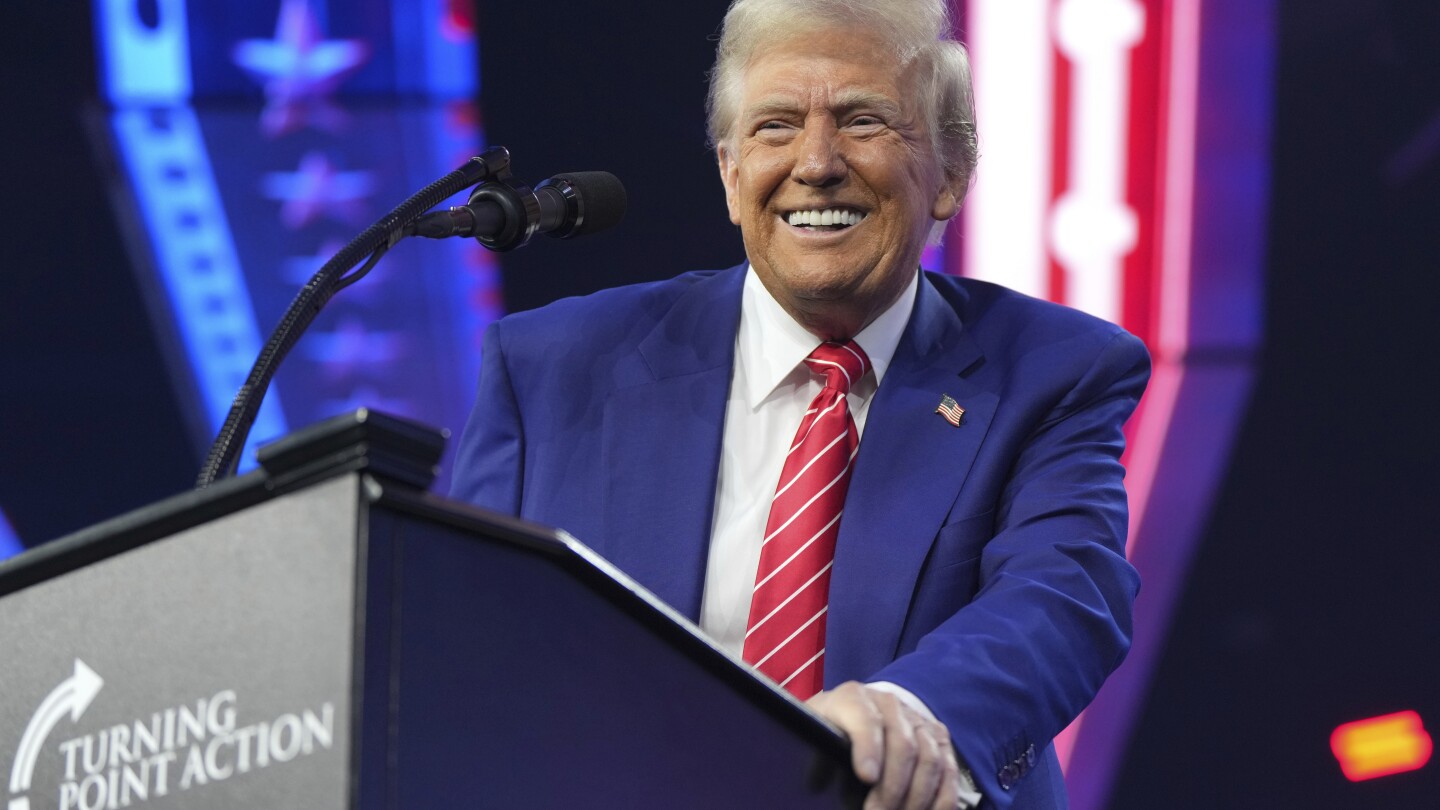Shares of this fast-casual restaurant chain have crushed the market this year.
In its short time as a public company, Cava (CAVA 0.72%) has done a great job satisfying the hunger of its investors. Shares have skyrocketed 305% in the past 12 months. The S&P 500, in comparison, is up 35% during the same period.
Investing is a long-term game. Therefore, people should view a potential investment in this restaurant stock with a time horizon that spans years, not months. With that being said, can Cava shares beat the S&P 500 between now and 2030? My outlook might surprise you.
Cava’s impressive momentum
The bulls are cheering from the sidelines as Cava’s share price continues marching higher. The company has benefited from consumer interest in health and wellness, and in ethnic cuisines. Cava’s founders copied the fast-casual playbook that has worked tremendously well for Tex-Mex chain Chipotle, applying it to Mediterranean bowls and pitas. Serving flavorful food will always mean a solid customer base.
One key to Cava’s story is its growth trajectory. This is precisely what the investment community is getting excited about.
After opening 72 net new restaurants in fiscal 2023, Cava plans to open 54 to 57 this year. Currently, 341 locations are scattered across the U.S., but management has huge ambitions.
The goal is to have 1,000 stores open in the U.S. by 2032. If this target is reached, it would mean a nearly three-fold expansion in just eight years. Based on the stock’s performance, the market is probably optimistic about this outcome becoming a reality, maybe even ahead of the leadership team’s timeline.
Most growth-focused enterprises aren’t profitable. All resources are aggressively directed toward expansion, with the promise of positive earnings at some date far into the future that may never come.
Cava doesn’t fit this category. It’s already profitable. While the fiscal second-quarter operating margin of 6.9% is well below Chipotle’s 19.7%, it’s still heading in the right direction. Even better, Cava carries no debt on its balance sheet, reducing financial risk.
Expectations couldn’t be higher
Based on what I just discussed, you might be wondering why you don’t already own this surging restaurant stock. There’s a lot to like about Cava, but I adopt a bearish perspective toward the situation. In fact, between now and the end of the decade, I don’t believe the stock will outperform the S&P 500’s historical average yearly total return of 10%.
Cava’s success is notable, but that doesn’t hide the fact that the restaurant sector is arguably the most competitive market in the world. There are no barriers to entry for newcomers, and consumers have no switching costs. Plus, a few bad reviews, and it could be game over.
Consequently, I’d argue that at its current size, which is tiny in the grand scheme of things, Cava doesn’t possess an economic moat. With its 3,530 stores, Chipotle certainly has the scale to better leverage its costs. Moreover, the fast-casual leader has a brand that’s highly regarded in the industry. Cava could get there one day, but it’s not there now.
Cava’s return on invested capital (ROIC) of 7.4% is substantially below the 44.7% that Chipotle boasts. That indicates the lack of a moat for the Mediterranean chain, in my opinion.
Another key factor that will get in the way of generating outsized investment returns through the rest of the decade and beyond is Cava’s current valuation. Shares trade at a steep price-to-earnings ratio of 362.7, which is ridiculous to wrap your head around. It shows just how bullish the market has become.
I’d suspect that the valuation will come down considerably as Cava matures, creating a major headwind for prospective investors. I think it’s best to avoid the stock right now.
Neil Patel and his clients have no position in any of the stocks mentioned. The Motley Fool has positions in and recommends Chipotle Mexican Grill. The Motley Fool recommends Cava Group and recommends the following options: short December 2024 $54 puts on Chipotle Mexican Grill. The Motley Fool has a disclosure policy.

